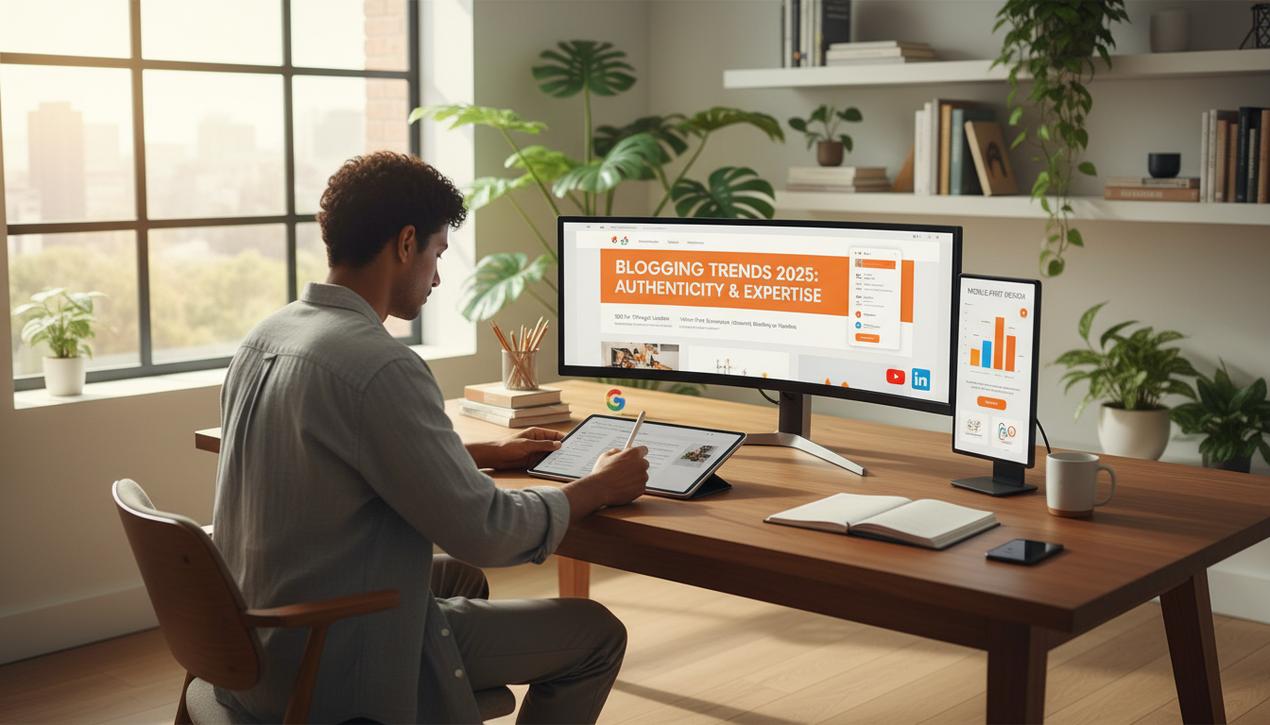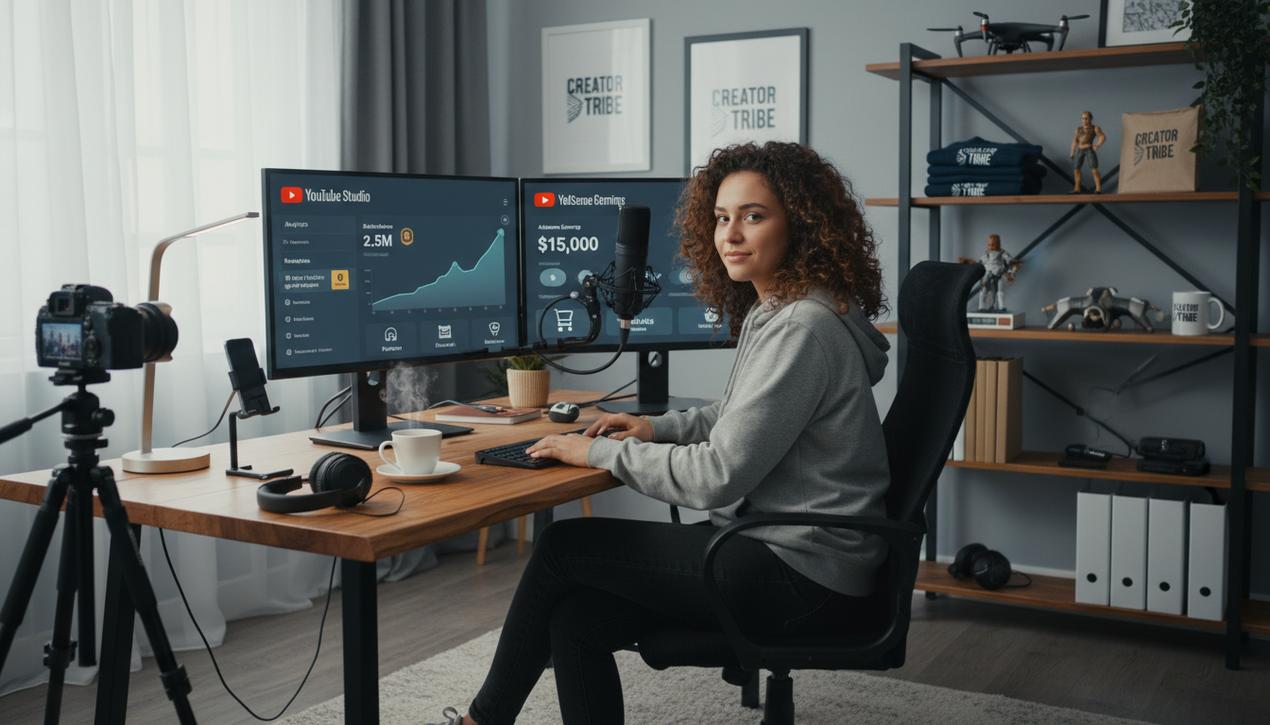Complete Guide to Social Media Video Formats 2025


In 2025, neglecting video in your social media strategy is like navigating without a compass. The statistics are staggering: online video is projected to make up over 82% of all consumer internet traffic. For brands, the opportunity is immense. A recent study shows that 92% of marketers who use video report getting a positive return on investment, a clear testament to its power to capture attention, drive engagement, and boost conversions. However, success isn’t just about using video; it’s about mastering its formats. From Instagram Reels and YouTube Shorts to TikTok videos, each platform has its own unique specifications, dimensions, and optimal lengths. A high-performing video on one network can be a complete failure on another. This comprehensive guide breaks down all the essential video formats for every major social network, giving you the technical and strategic keys to optimize your content and maximize your impact.
Key Video Trends Shaping Social Media in 2025
Before diving into the technical specifications for each platform, it’s crucial to understand the major trends shaping the social video landscape. These shifts dictate not only which formats to prioritize but also the tone and style of your creative efforts.
The Dominance of Vertical Short-Form Video
Mobile content consumption has officially crowned the vertical format (9:16 aspect ratio) as king. Popularized by Snapchat and perfected by Instagram Stories and TikTok, this immersive, full-screen experience is now the user expectation. Viewers anticipate short, dynamic videos that get straight to the point, with ideal lengths often falling between 15 and 90 seconds.
The Rise of Shoppable and Interactive Content
Video is no longer a passive medium. Platforms are integrating more interactive features than ever, including polls, quizzes, and Q&A stickers. The most significant development is the growth of “shoppable content.” Shoppable videos allow users to purchase products directly from a post, seamlessly transforming content into a dynamic e-commerce storefront and dramatically shortening the customer journey.
Authenticity and User-Generated Content (UGC)
Modern consumers are wary of overly polished and impersonal advertisements. The demand is for authenticity. User-Generated Content (UGC), which features real customers using and reviewing products, is perceived as more trustworthy and generates significantly higher engagement rates. Building campaigns that encourage and repurpose UGC is a proven strategy for success.
The Importance of Accessibility and Sound-Off Viewing
Over 75% of social media videos are watched on mobile devices, and a significant portion of those views happen with the sound off. This makes captions and on-screen text non-negotiable for improving web accessibility and message retention. Designing videos for a sound-off experience first ensures your content is effective in any environment.
Video Formats for Meta: Facebook & Instagram
As a powerhouse with billions of users, Meta’s platforms offer a versatile suite of video formats designed for different marketing objectives. Mastering both Facebook and Instagram is essential for broad-reach campaigns.
Facebook Video Formats
Facebook accommodates a wide array of video types, from quick updates to in-depth storytelling.
- Feed Videos: The most traditional format, appearing in the user’s news feed. Ideal for brand stories and product demos. Recommended specs are a 1:1 (square) or 4:5 (vertical) aspect ratio for mobile optimization. While they can be up to 240 minutes, videos under 2 minutes see the best engagement.
- Facebook Reels: Meta’s answer to TikTok, these short, vertical videos (9:16) are heavily favored by the algorithm. Use trending audio and creative effects to produce viral content. Keep them under 90 seconds.
- Facebook Stories: These 24-hour ephemeral videos (9:16) are perfect for creating urgency and sharing behind-the-scenes content. They can be up to 60 seconds long.
- Ad Formats (Carousel & Collection): Carousel ads allow you to showcase up to 10 videos in a single, swipeable unit. Collection ads create a mini-storefront, combining a primary video with a browsable product catalog below for an immersive shopping experience.
Instagram Video Formats
Instagram is a visual-first platform where high-quality video content reigns supreme, generating twice as much engagement as photo posts on average.
- Instagram Reels: This is the most important format on Instagram in 2025. Reels (9:16, up to 90 seconds) are the centerpiece of the platform’s discovery engine and offer exceptional organic reach. Use them for tutorials, before-and-afters, and engaging challenges.
- Instagram Stories: Like Facebook Stories, these vertical videos (9:16) are engagement goldmines. Use interactive features like polls, quizzes, and link stickers to connect with your audience. Each segment can be up to 60 seconds.
- Instagram Feed Videos: All videos under 15 minutes uploaded to the feed are now shared as Reels, adopting the same full-screen, vertical format and discovery potential.
Video Formats for TikTok: Where Creativity Thrives
TikTok has rewritten the rules of social video, prioritizing raw creativity, trends, and entertainment. To succeed here, content must feel native and authentic, not like a traditional ad.
Native TikTok Videos
The standard TikTok format is a vertical video designed for rapid, addictive consumption. Success hinges on grabbing the viewer’s attention within the first three seconds and leveraging trending sounds and effects.
- Dimensions: 1080 x 1920 px (9:16 ratio).
- Duration: While TikTok now allows videos up to 10 minutes long, the sweet spot for engagement remains between 15 and 60 seconds.
- File Size: Up to 500 MB.
- Formats: MP4, MOV.
TikTok Video Ads
In-Feed ads appear natively in the user’s “For You” page. The most effective ads are those that blend in with organic content, using a creative, user-centric approach.
Video Formats for YouTube: Beyond Long-Form Content
While long known for horizontal, in-depth content, YouTube has successfully embraced the short-form era with YouTube Shorts, creating a dual ecosystem for creators.
YouTube Shorts
With over 70 billion daily views, Shorts are a massive growth lever on the platform. These vertical videos are perfect for reaching new audiences and driving traffic to your main channel’s long-form content.
- Dimensions: 1080 x 1920 px (9:16 ratio).
- Duration: Up to 60 seconds.
Traditional Long-Form Videos
The standard horizontal (16:9) format remains the gold standard for deep-dive content like detailed tutorials, vlogs, interviews, and webinars. This is the ideal format for building authority and fostering a loyal community.
- Dimensions: 1920 x 1080 px (16:9 ratio).
- Duration: No practical limit, but performance is tied to viewer retention and content quality.
Video Formats for Other Key Platforms
LinkedIn: Professional Video Content
On LinkedIn, video content is 20 times more likely to be shared than any other post type. Focus on high-value content such as expert interviews, case studies, company news, and industry insights. The square (1:1) format performs exceptionally well in the feed.
- Duration: 3 seconds to 10 minutes for native video; up to 30 minutes for video ads.
X (Formerly Twitter): Real-Time Impact
Video on X needs to be short and punchy to stand out in its fast-paced feed. It’s ideal for breaking news, event highlights, and quick announcements on X or one of the many alternatives to Twitter. Square and landscape formats are most common.
- Duration: Up to 140 seconds natively. For ads, keeping it under 15 seconds is highly recommended for maximum impact.
Pinterest: Visual Inspiration in Motion
Idea Pins, a multi-page video format, are extremely popular for tutorials, DIY projects, and inspirational storytelling. As a mobile-first platform, the vertical format is essential.
- Dimensions: 1080 x 1920 px (9:16 ratio).
- Duration: Up to 5 minutes.
Mastering social media video formats is a critical strategic investment in 2025, and using a social media content calendar is key. It goes beyond technical compliance; it’s about understanding how each format serves a unique purpose and meets the specific expectations of users on each platform. By adapting your content, embracing the vertical video trend, and prioritizing authenticity, you will transform your video strategy into a powerful engine for brand growth.




